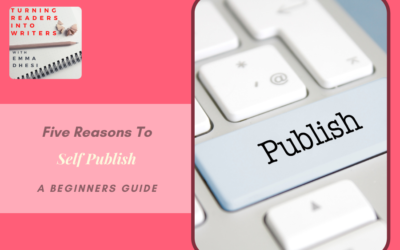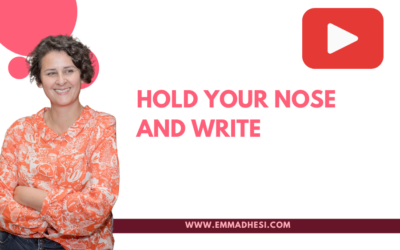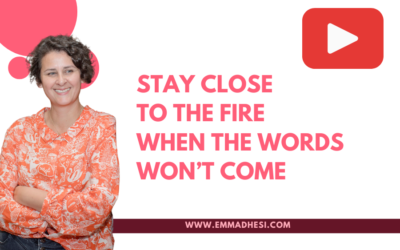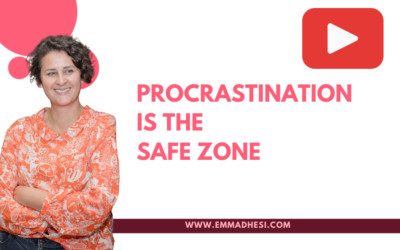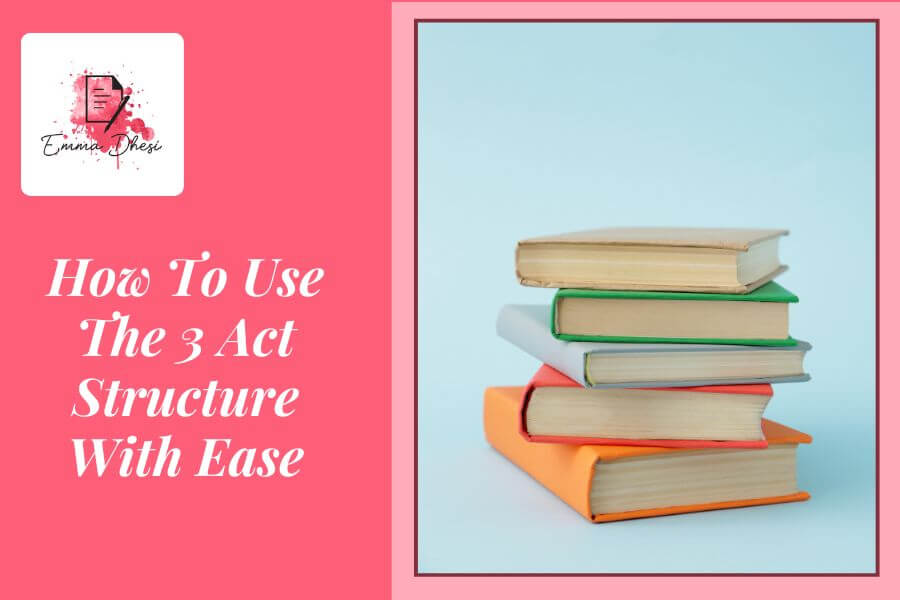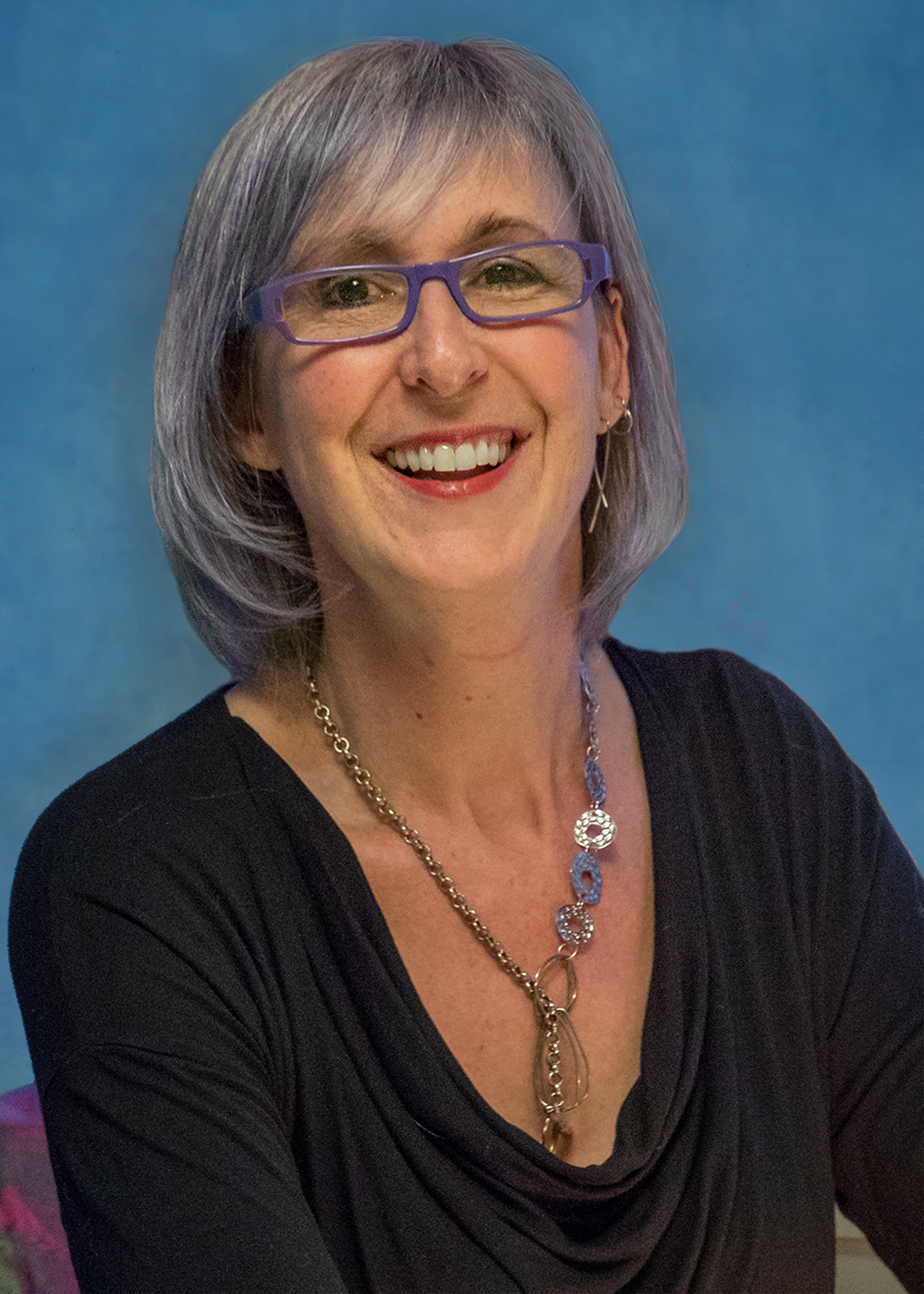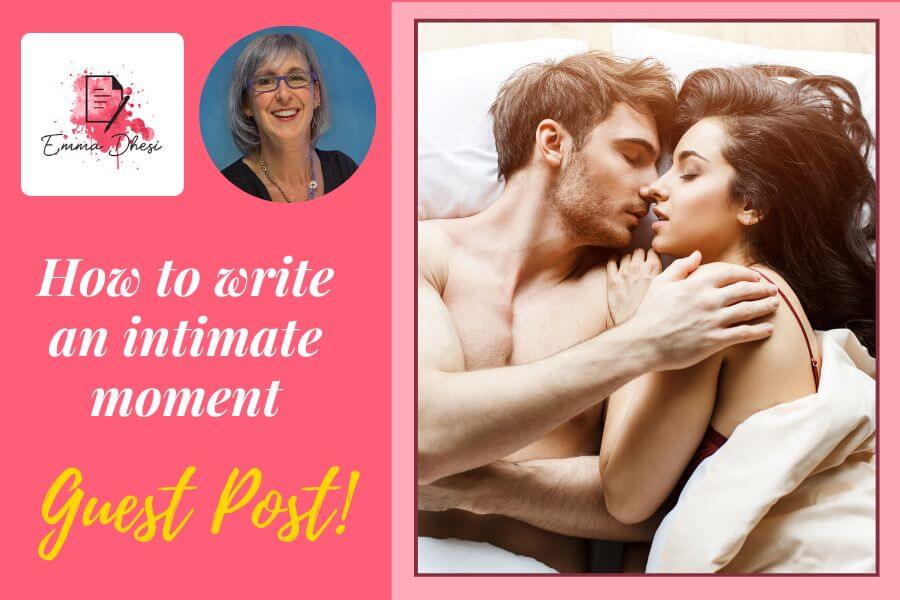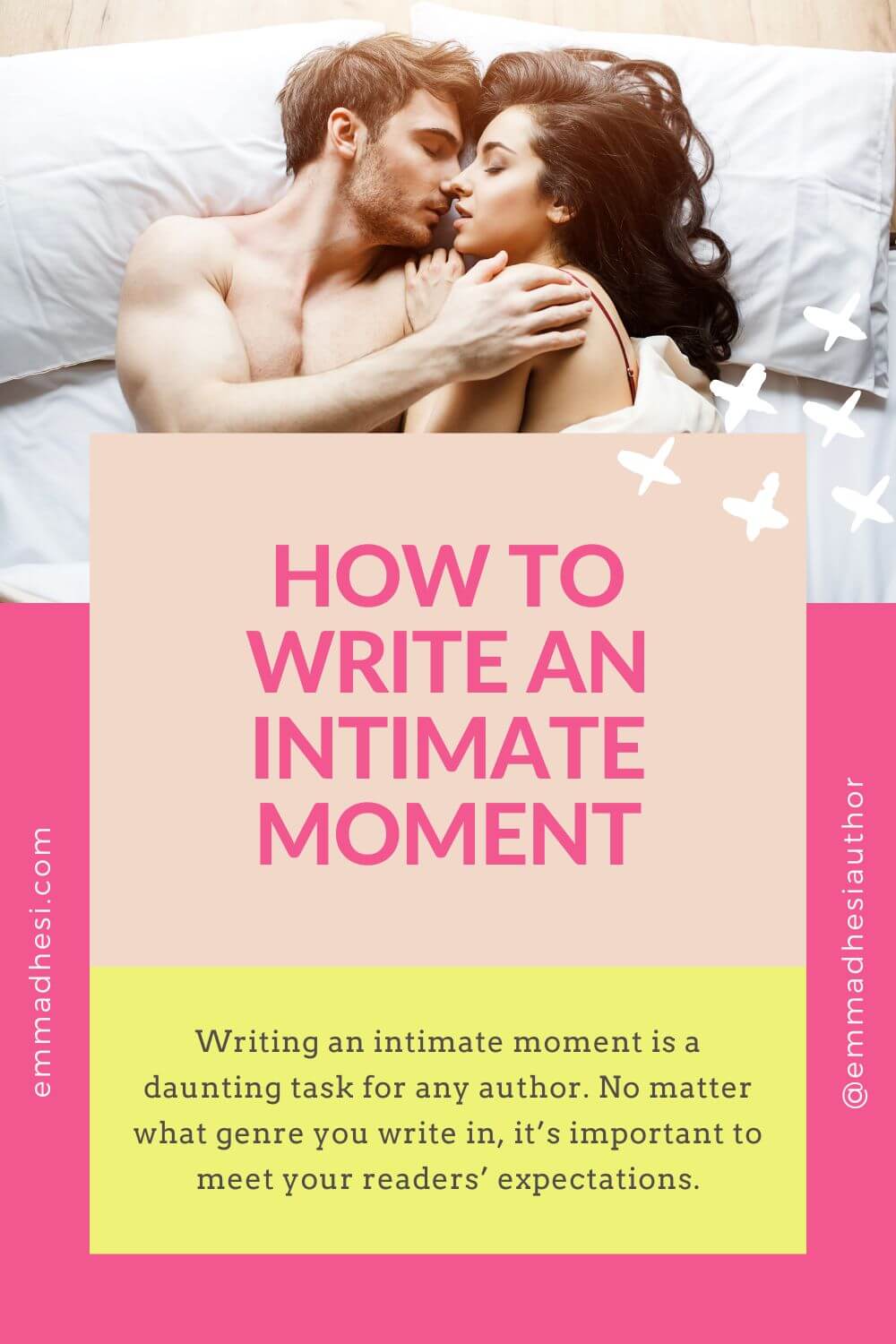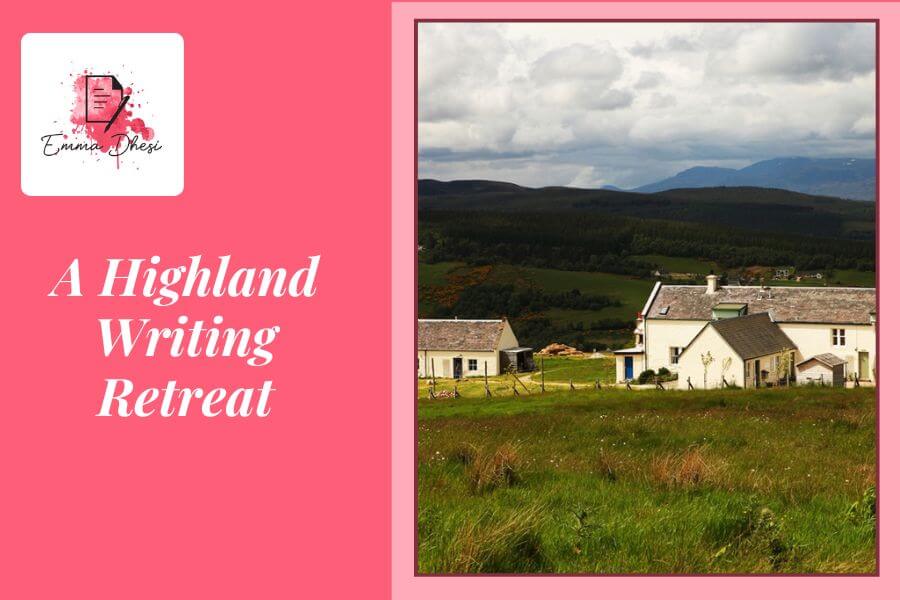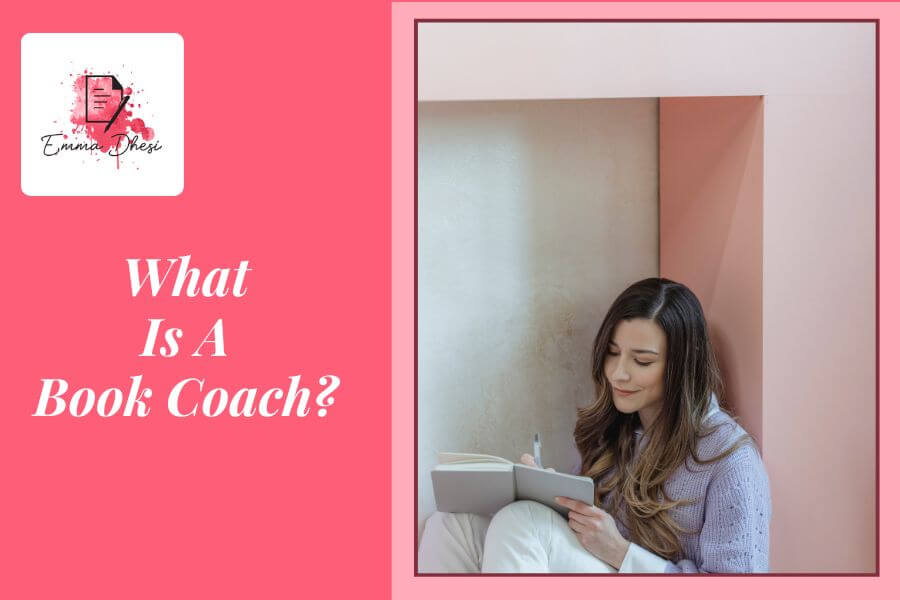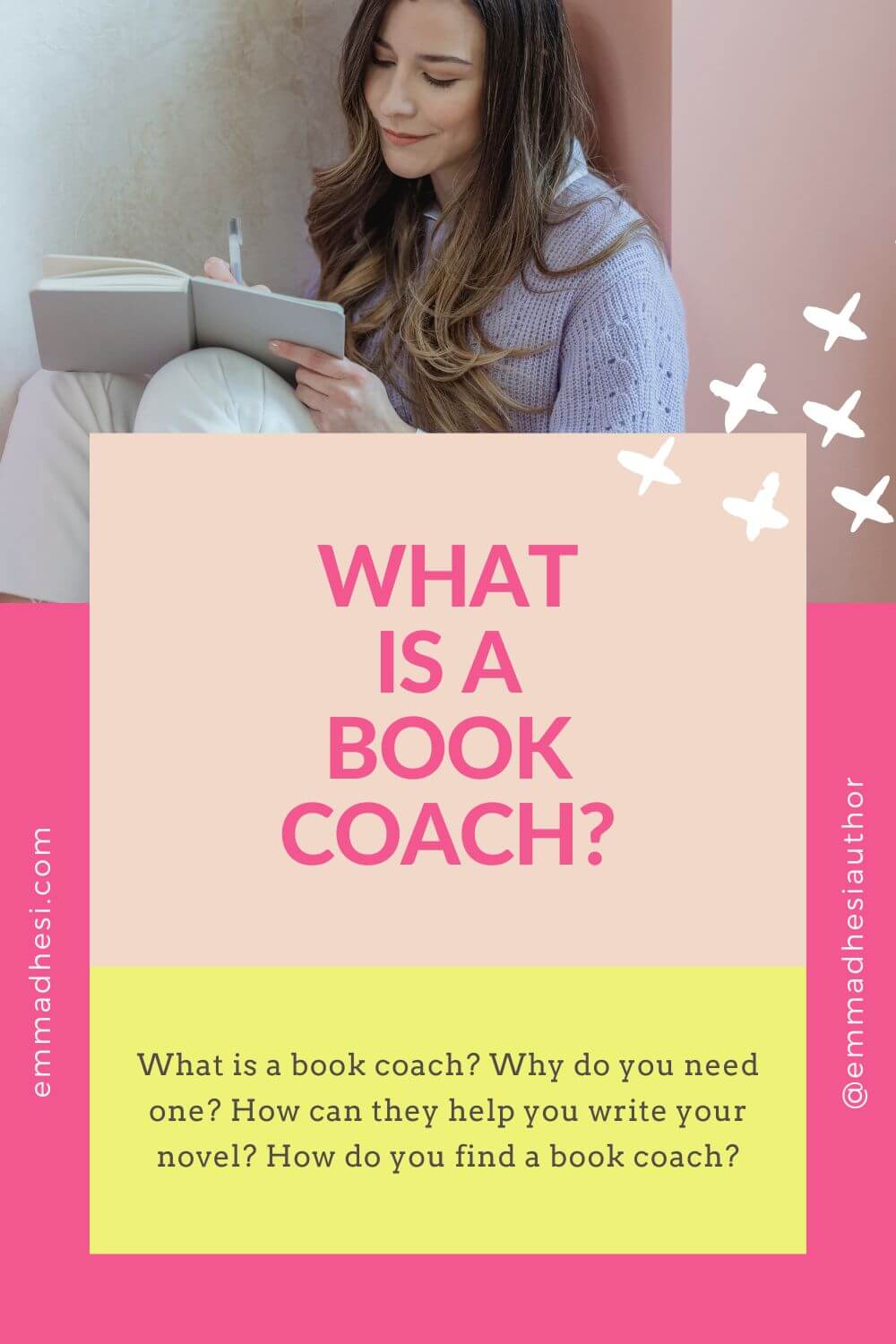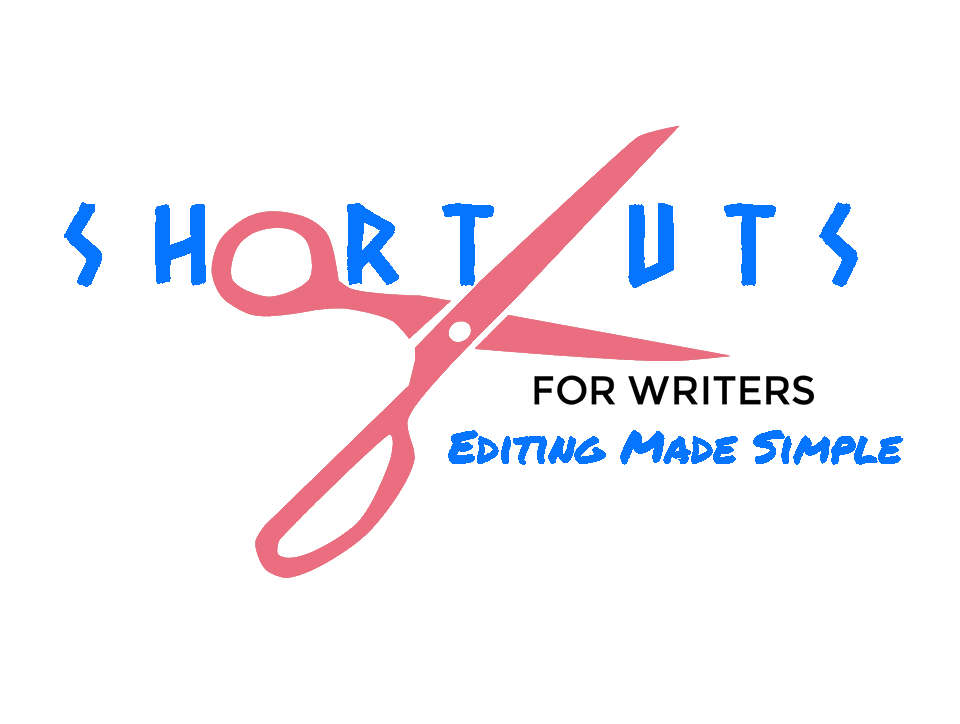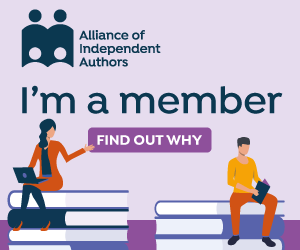I’m going to give you 5 reasons to self-publish. If you’re at the beginning of your writing journey, you most likely have dreams of signing to one...

How to write plot twists and reveals
How to write plot twists and reveals
Although much more commonly talked about in the how to write a thriller, mystery and suspense category of craft advice, I am of the camp that most novels can benefit from using plot twists and reveals to hook the reader.
Think about that feeling when you’re reading along, and boom, out of nowhere, the story takes a hard left turn based on something new the main character learns. If such a twist (and that is a twist, not a reveal, more on that below) is done well, it will make perfect, logical sense once explained. All the clues will have been there all along, peppered expertly in, so that from the standpoint of looking at the story from the end, everything makes logical sense. We, the reader, just didn’t think to ask that question.
To be clear, I’m not referring to adding in a random car chase to amp the tension (although those are suspenseful and fun, and if they work for your story, do it!), but rather thinking intentionally about how to sprinkle clues in the story and misdirect the reader to think something else, so that when the truth comes to light, the reader is stunned, satisfied, engaged, and thinks, “Damn – how did I not see that coming? It makes so much sense in retrospect!”
So how do we, as authors, go about designing these left turns? Below are some tried and tested methods I’ve found work well.
The difference between a plot twist and a reveal
First, we need to define the difference between a plot twist and a reveal. Full credit for these excellent definitions goes to a talk I heard between Ruth Ware and Clare Mackintosh, two of my favorite thriller authors, at Thrillerfest (a fab conference!):
- A reveal is an answer to a question the reader knows to ask.
- A twist is an answer to a question the reader did NOT know they should have asked.
In other words, a reveal answers a question that you, the author, have set up in such a way that the reader is desperate to know the answer. These can be hanging questions, which are questions the Point-of-View (POV) character asks via dialogue or internally about the plot, and are not immediately answered because the POV character must sleuth out the answer. Why did she do that? Who is the killer? Why is that knife on the counter? Or, these questions can be a little more subtle, where the POV character is hiding something from the reader, in the form of a long-kept secret that has relevance to the story-present plot. The reader knows the POV character is hiding something, but they don’t know what or how that will impact what’s going on in the here and now.
A twist, on the other hand, answers a question that you, the author, have (cleverly) designed so the reader (hopefully) doesn’t even know to question it. This is often done using misdirection – a character overlooks an important clue because they are convinced for reasons that it’s not actually a clue, such as a knife being used to chop vegetables instead of as a weapon. Or the POV character assumes that another clue is THE clue, and ignores all other assumptions (i.e. a red herring.) Or perhaps a character assumes something about why the person doing bad things did something, only to be wildly incorrect when they learn the truth.
Plot twists and reveals must be intentional
The key to designing successful reveals and twists is intentionality. Modern thriller structure includes (at least) three twists and/or reveals. One at 50%, one at 85%-90% (the climactic scene), and one in the last 5%. There can be more, of course, but aiming for three is a good starting point.
The 50% turn works equally well as a twist or a reveal. For example, a reveal could change the course of what the POV character does to solve everything. They learn the thing they’ve been searching for, and then they set off on a new course. If a twist, this could be a discovery by the POV character that makes them view everything up to that point in a new light, something that challenges their assumptions.
There are obviously exceptions, but in thrillers particularly, the climactic scene (85%-90%) is almost always a plot twist. This is because ideally, to win, the POV character is between a rock and a hard place for the climax, having to make a choice between two equally difficult scenarios.
When they get to that moment of truth, if the assumptions they’ve made up to that point are wrong, all of a sudden, they have an out. They conquer (or not), and we smoothly glide into the very end, where yet another turn occurs.
The last 5% plot twist or reveal is the fun one. This is often to do with a subplot, or perhaps a continuation of the climactic scene, in that the main character thinks they’ve won, but there’s one final hurdle to overcome or discover before all is safe.
Or perhaps the main character reveals something that shows us what we thought we understood of their motivations and why they wanted what they did is incorrect, and in fact it turns out we didn’t think to ask a question about a fundamental assumption we were manipulated to believe, by the author, to take as “fact.”
Or perhaps the final twist sets the story up for a sequel – the person doing bad things that got taken down in the climax is part of a cabal of more people doing bad things. These final twists always make logical sense (as do all twists), but rely heavily on misdirection so the reader doesn’t see them coming.
Two things you “should” do
I disagree with using the word “should” in writing advice because there are always exceptions and “should” stifles creativity. However, there are two deal breakers that will make readers angrily never read our stories again. Here they are so you can avoid them:
- Genre expectations: Readers of fiction do expect that the climactic scene, that 85-90% twist, will address the story question. In mysteries, this is whodunit. In suspense, this is a resolution of whatever was keeping us uncomfortable throughout. In thrillers, this is where the main character faces the person doing bad things. In romance, this is the moment when the two characters finally decide to get together and have their Happy Ever After (HEA.) Facing the wrath of readers who don’t get what they want from genre expectations is not fun, and I don’t recommend it.
- Lying to the reader: While a POV character can lie to other characters via dialogue, text, letter, email, note, etc., and can absolutely omit key details from the reader, don’t ever lie directly to the reader via inner thought. Inner thought, or interiority, is what engages us, the reader, with the characters. We like being in character’s heads, knowing what they’re thinking and what they’re planning, and what their motivations are. Not only will lying lose the reader’s trust (a surefire way to lose the reader), but if a twist is dependent upon a lie the POV character stated via inner thought, the twist will feel cheap, and not well-earned. Readers are smart. Give them enough clues that it makes sense, but not enough that they can guess the twist. (The one caveat to this is if the character themselves is convinced what they’re thinking is the truth – then it’s fair game.)
My best advice for how to design plot twists and reveals for maximum impact is to be intentional. Think about what the reader should assume, and have the characters follow that thread. Think about what a final twist and climactic twist could look like, and work backwards from there to misdirect the reader to think the opposite. While there are pantsers out there who can write a fully-formed twisty novel without planning (bless you, you unicorns), I am not one of them. Mysteries, thrillers and suspense novels are complex puzzles, and more than that, a game of manipulation. We, the author, try to misdirect the reader. The reader knows we’re trying to trick them, so they look harder. We, the author, know the reader will do this, so we get clever with red herrings, etc. And so on.
Timing your plot twists
To be effective at this, I fully subscribe to the belief that, at a certain point, we must look at our entire story to make sure all our clues, red herrings, misdirections, plot twists and reveals are placed for maximum impact and maximum enjoyment by the reader. Doing an outline ahead of time or an as-is outline is a great place for this planning.
Final thoughts
Give yourself the time and space to think through each piece of the puzzle, and then aim to put it together in such a way that the reader understands what you want them to understand, at the point you want them to understand it.
Happy writing!
About Samantha Skal
If twists and reveals are a pain point for you, Sam is releasing a twists and reveals online class in summer 2023. To get on the waitlist, go here: www.samanthaskal.com/howtothrillertwist.
A fan of true crime and mysteries of all kinds, Samantha Skal (she/her) is an Author Accelerator certified book coach who specializes in coaching mystery, thriller and suspense authors from novel planning all the way through agent pitching. She especially loves brainstorming twists and reveals, and the hell that is revision. She is also an agented thriller author currently working on her debut novel.
She is the 2023 Co-Director of PitchFest at Thrillerfest, International Thriller Writers (ITW)’s annual writing conference, and a frequent volunteer mentor for the Women’s Fiction Writers Association (WFWA). She is also an enthusiastic member of Mystery Writers of America (MWA), and Sisters in Crime (SINC).
An enthusiast of homemade sourdough and cheese of all kinds, she also adores (scary) stories that keep her up at night, kayaking on calm water, hiking on well-maintained trails, and good red wine. She is a huge fan of #bookstagram and talks about her favorite books on @authorsamanthaskal. Learn more at www.samanthaskal.com

Related posts you may be interested in:
5 reasons to self publish
Do You Need An Author Website?
As part of my research into the indie publishing world, I’ve discovered that having an author website is a vital part of your author career. Even...
Hold Your Nose And Write
At the Surrey International Writers' Conference, Hallie Ephron gave us writers some great advice, including, 'Hold your nose and write.' Isn't that...
Stay Close To The Fire When The Words Won’t Come
We all have off days, days when the words just won't come. But if you stay close to the fire and keep in touch with your work in progress, that's...
Procrastination Is The Safe Zone
Procrastination is a nice safe place to be in, isn't it? I know I find myself hiding behind it sometimes. Watch the video below to find out how to...

